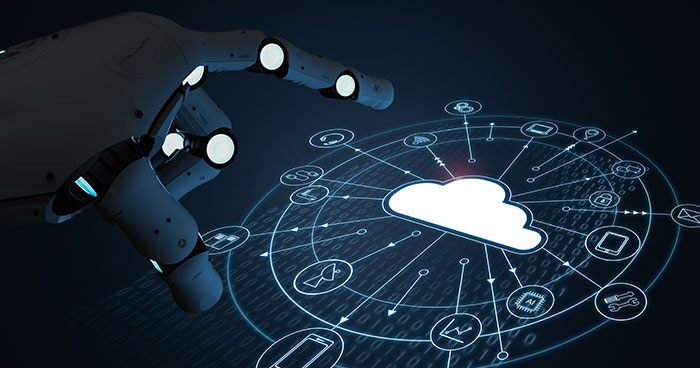The slow roll-out of the 5G public access network is showcasing the value of private 5G networks to businesses around the globe. The high-bandwidth, low-latency world that is 5G is the perfect mate for the edge computing infrastructure that is now available to companies abroad and at home.
5G and edge computing belong together and while they are valuable separately, they are exponentially more valuable together. The only challenge is that there aren’t many places where 5G is easily and reliably accessible. That is why the private network may be the key to unlocking the power of analytics done at the network edge.
Why is Private 5G the Answer?
According to a recent study by tech experts NTT “A key advantage of edge computing is its ability to work with 5G. The next generation of wireless technology, 5G dramatically improves download speeds and reduces latency. However, this means a lot more data will travel through our networks, and edge computing will be critical in handling this influx of information.”
Leveraging edge computing enables you to make data analytics an even more important part of your business model. With your data storage closer to where the action happens, your cloud-based data centers will be less important to the mission, as most of the analytic work is done on edge devices (often enhanced with machine learning and AI). However, this doesn’t mean you won’t need access to lighting-fast, ultra-reliable, incredibly low-latency networks.
What private 5G provides that existing Wi-Fi or cable network access does not is a completely unified network, bringing together the networks needs of people (voice and data services) and the network needs of data-heavy processes like IoT systems and autonomous or semi-autonomous machines, machine learning programs and more.
Private 5G networks are secure, allowing companies to provide rock-solid security for sensitive data, giving a competitive edge against those who are still relying on public networks to get their work done.
Can the Data Processing be Done Without a Private 5G Network?
Data processing can indeed be done at the edge without a private 5G network, that’s part of what makes it so great. With the right networking infrastructure, edge computing systems will continue to analyze and manage data without access to the internet and continue to deliver real-time analytics to their intended users.
What is Edge-as-a-Service?
The costs of installing and operating a private 5G network as well as operating compute-enabled distributed edge services may not be within the scope of some organizations. Welcome, Edge-as-a-Service. These services can become a one-stop-shop for those that need the efficacy and precision of edge computing services coupled with cloud-based services and low latency 5G network environments for those who don’t have the internal IT or financial resources to do it.
Azure Stack Edge is an example of this, provided by Microsoft to extend the reach of its group of Azure products to any environment that the client needs them present. This marks a change in the landscape, allowing smaller players to leverage the incredible power of edge computing and private 5G without needing to invest heavily into the infrastructure first.
The future for private 5G and edge computing has limitless potential. As these systems are employed in more and more organizations worldwide, data analytics will continue to be an important part of the process, but it may also become the central core of what many industries use to innovate and impact the world.
Follow Techdee for more!





